

Every business needs a brand. What is a brand, though? How do you define what your brand is and convey that definition to others you work with?
The answer is a lot of introspection, serious decision-making, and a document to pin it down.A Brand Guidelines page is where you aggregate all of the rules and decisions about your branding and what makes your brand your brand. It doesn't need to be an external page – it can be a document you reference internally – but it should exist in some form or another.
A brand identity is all about creating a specific image of who you are, from broad-strokes concepts to narrow, particular choices. Let's look at some examples and then get into how you can make a brand style guide page for yourself.
Table of Contents 30 Second Summary
30 Second SummaryEvery business needs a brand which must be defined clearly for all stakeholders. A Brand Guidelines page captures all decisions related to the brand identity. The brand identity summarises who you are as a business, ranging from general to specific characteristics. Building a Brand Guidelines Document involves steps such as deciding the purpose of your brand, identifying your target audience, defining a brand story and its ethos, finalising a logo, choosing a color palette, selecting typography, and deciding on a brand voice. Brand guidelines can evolve and should be aligned with the business vision and customer base.
Let's look at various brand guideline examples, ranging from small and general to huge and specific.
1. First, take a look at Meta. Meta – formerly Facebook, now the company that owns Facebook – has a series of specific pages for brand assets and identity guidelines. They have a particular process for requesting permission to use their logo and other information in your marketing (such as when you're a Meta partner) and even specific instructions on how to use them. For example, the Meta logo has four specific variations in color choices, and you have to use one of those four. No making a bright red Meta logo, changing the font, or anything else.
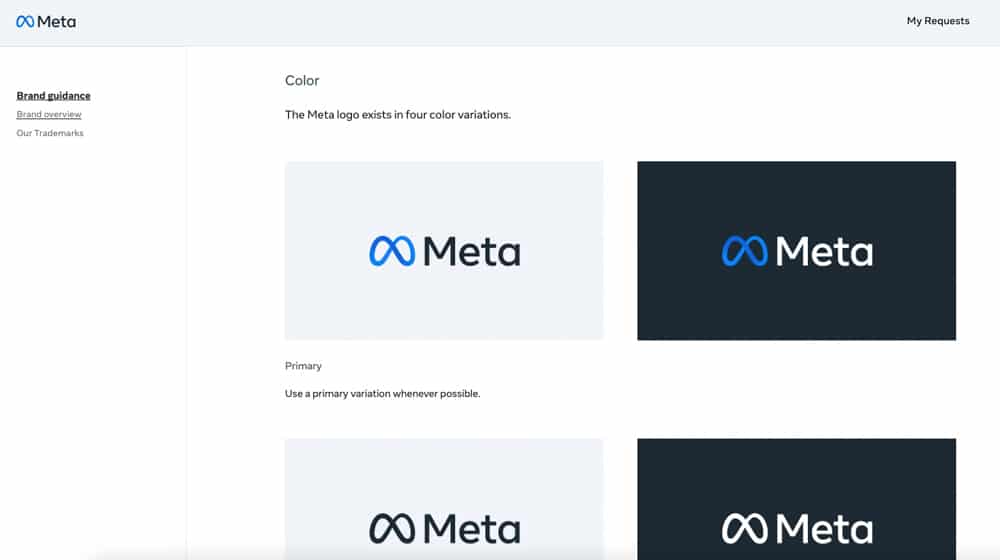
They also specify the spacing between the logo and body copy, the spacing between the company logo and other visual elements of the page, and so on.
2. Facebook is somewhat different. They have more conceptual details, thoughts about the ethos of the logo design and other design elements, and specific templates you can use.
Of course, Facebook/Meta are an outlier. They're a massive global corporation.
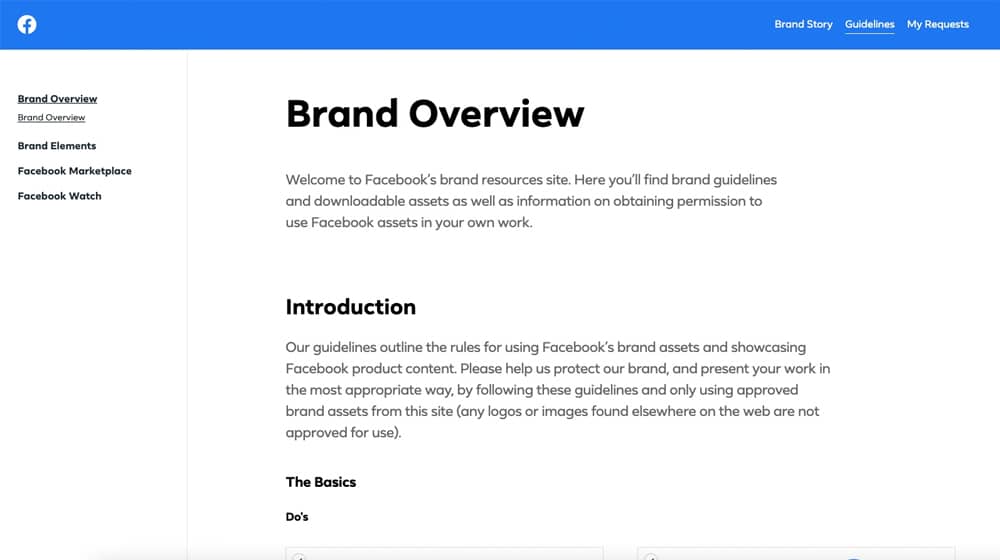
What do smaller brand asset guidelines look like?
3. Here's the Switcher Studio brand guidelines document for 2022. Switcher Studio is an iOS live streaming app made to manage multiple cameras, with a relatively small but growing audience of content creators.
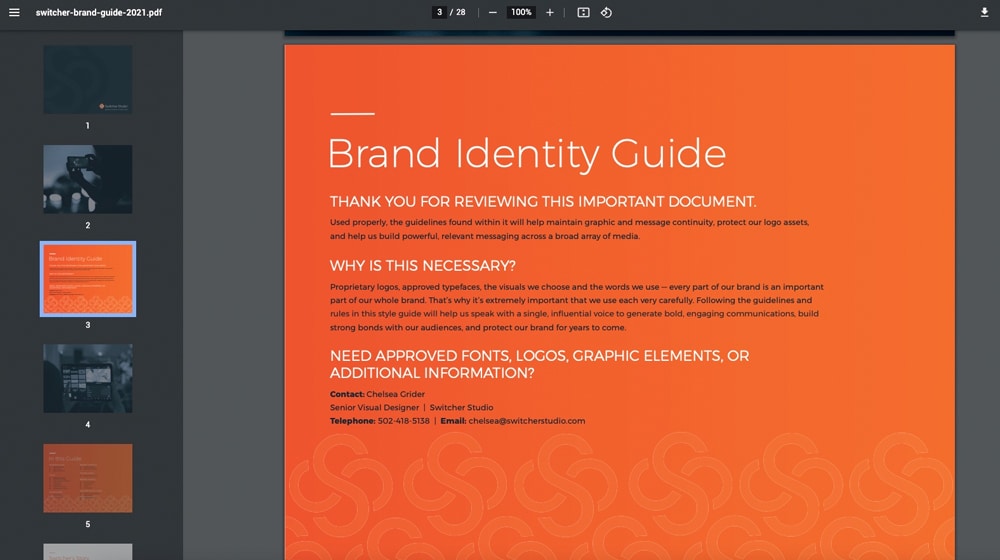
Check out the PDF and what it includes:
All of this is pretty detailed! It's excellent for partners who will work with Switcher and content creators and freelancers (particularly developers and graphic designers) who will create content for the brand.
4. Of course, not all brand guidelines are kept frozen in time. Remember Hootsuite as a bright yellow-orange website covered in black cartoon iconography? Well, not too long ago, they changed dramatically, modifying their owl into more of a dynamic mascot, changing from yellow-orange to sea green, and a new ethos for their marketing materials.
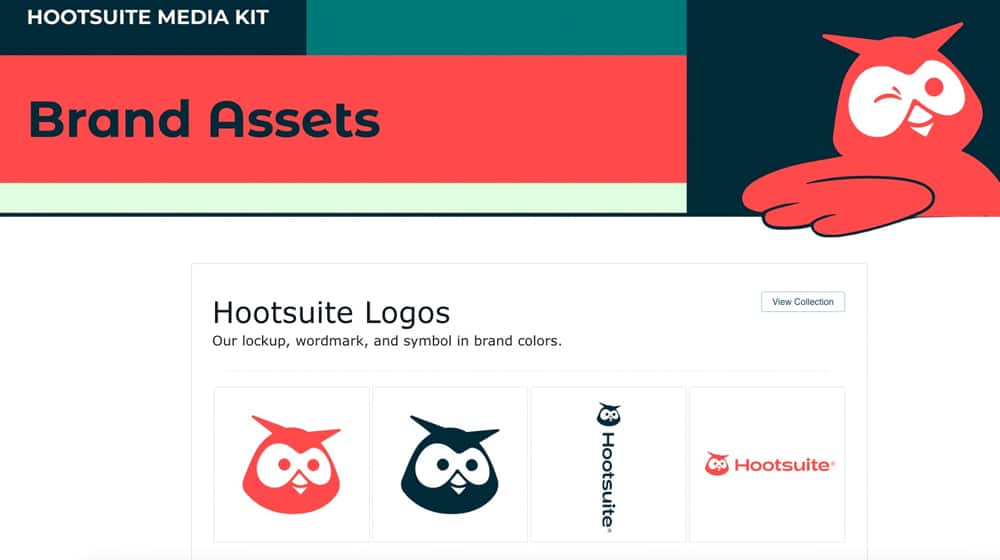
5. Similarly, Mailchimp (a bright yellow branding) shifted to a less glaring, eye-searing shade.

The key takeaway is that brand guidelines are flexible and can change as your brand, vision, customer base, and ethos change. Of course, you can't change what you don't have set in the first place, so how do you pin down your brand guidelines?
Your brand guidelines can be a PDF, a microsite, a zip file with information, or even just an internal knowledge base article you keep up to date. It doesn't matter what form it takes; so long as you have it pinned down somewhere, you can share it with partners, employees, freelancers, and agencies you work with. You could even have a brand book, if you really wanted to get carried away with it.
What goes into your document? That's up to you and how specific you want to be. At a minimum, I recommend your logo, color choices, typography, and other technical elements. Everything else – your brand story, vision, ethos, and voice – can be left out if you don't need it to be precise.
Remember, above all else, that the brand guidelines document is an evolving, living document.The brand is entirely under your control; the goal of pinning it all down is to ensure it's consistent from moment to moment. If you decide that your primary color choices aren't appropriate for your brand's emotional tone anymore, change them! If you want more casual language in your writing, change it! Changing it is only bad if you're rebranding so often people can't keep track of who you are.
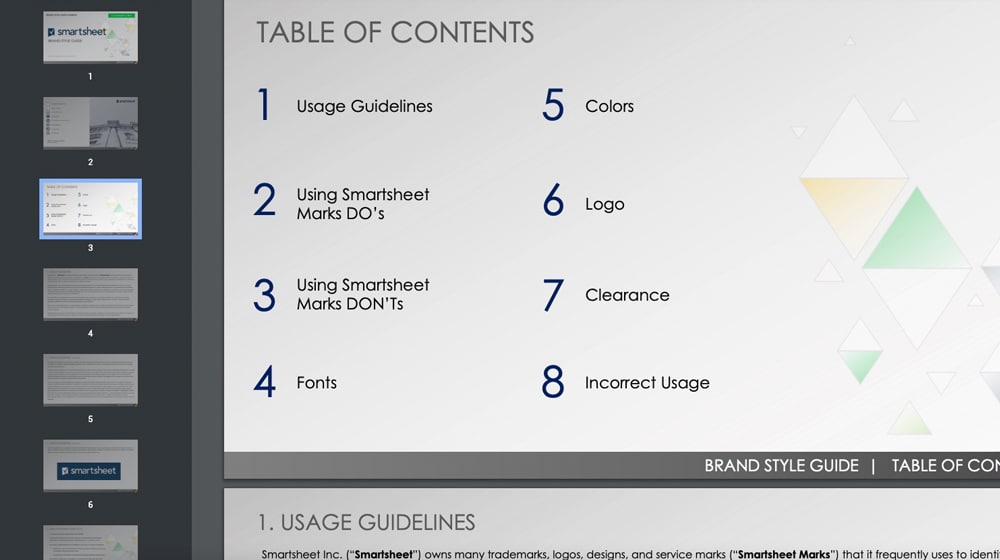
If you're looking for some free PDF templates to get you started, here's a handful that you can try!
"2021 Brand Guidelines Template" by Fedweb.org "Brand Style Guide Example" by Smartsheets.com "How to Do Keyword Research for SEO" by Alexandra Pedro MarketingWhat does your brand exist to do? Make money for you, sure, but that's the quiet part we don't put in our brand descriptions. What is your goal with this brand, though? Are you helping people connect and providing people with ways to live their lives to the fullest? What about offering channels for communication, making lives more fulfilling, and assisting people in getting in touch with their roots?
This first section doesn't need to be long or even present if you don't want it to be. It's a high-level overview of who you are and what your primary purpose is in existing. Some brands are obvious; Dollar Shave Club is here to help people groom themselves more cheaply and reliably, for example. Others are less clear; Coca-Cola exists to sell beverages, but if you read their brand guideline template, they'll talk a lot about making the world a better, cheerier place by "sharing a Coke."
Is your blog earning you business? If not, let's fix that.We create blog content that converts - not just for ourselves, but for our clients, too.
We pick blog topics like hedge funds pick stocks. Then, we create articles that are 10x better to earn the top spot.
Content marketing has two ingredients - content and marketing. We've earned our black belts in both.
If you run an internet-based business and are looking to scale, schedule a call to speak with our founder:
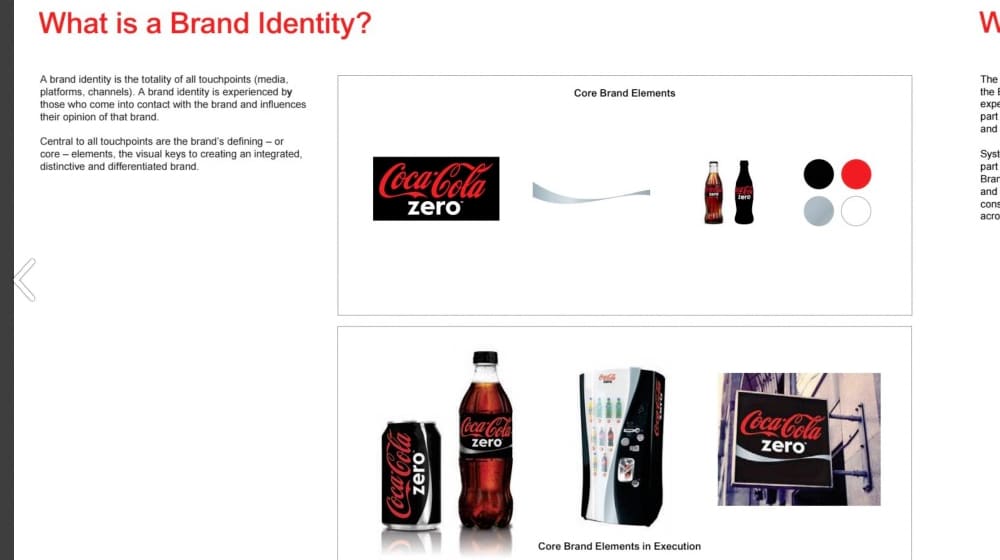
On a more technical level, you should also decide on the purpose of your brand guidelines document. There are generally only a few of these, and they aren't going to be explicated in the document itself, just in how you format and use it.
You can also have an even more limited version just for your own use if you're prone to forgetting the specifics of your branding. I can't tell you how often I've had to re-check what my primary hex codes are (before I got around to writing them down.)
The second step is to identify your target audience for your brand. Chances are pretty good you're not a global company like Coke that can just write "everyone with a digestive system" in their target audience field. More likely, you're looking at a specific group of people.
Before doing a bunch of work here, check with your marketing department. Target audiences are a huge part of marketing, so chances are pretty good that they've already defined them.
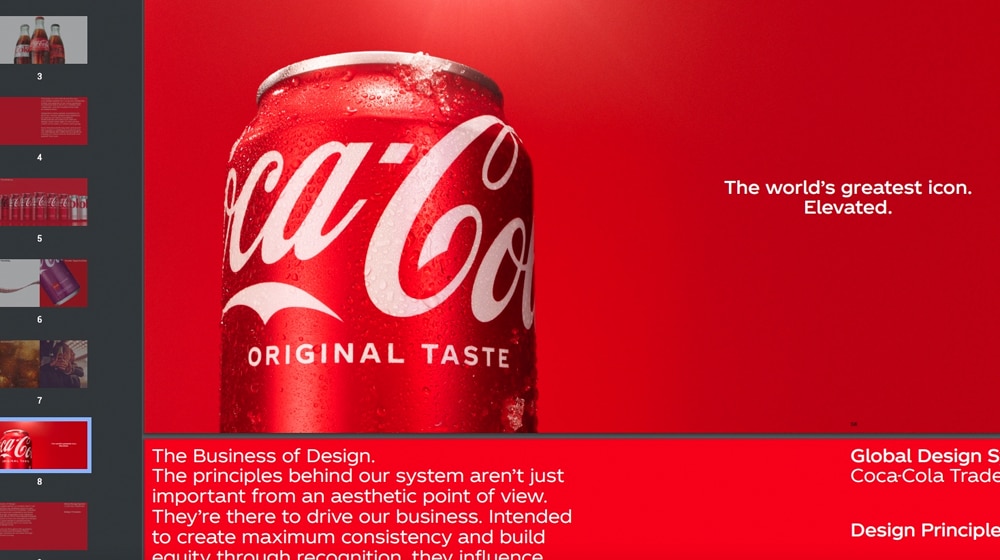
Why is this important? Your target audience needs to be defined so you know how to filter everything else. You're not just writing your brand story; you're writing your brand story in a way that resonates with your target audience. You aren't just picking a font; you're choosing a font your target audience will most likely find compelling. You aren't picking a brand voice from anything; you're picking a brand voice that fits in with your target audience.
Your brand story only needs 1-3 paragraphs of history about who you are and why you created the company. The longer your company has existed, the more you have to cover here, but even some of the oldest companies out there only include a few sentences for most of that history. It's simply not crucial for the brand guidelines. Include essential elements like "coming from humble roots" or whatever fits with your audience, but don't dig into details. That's for your About Us or Timeline, or Brand History page.
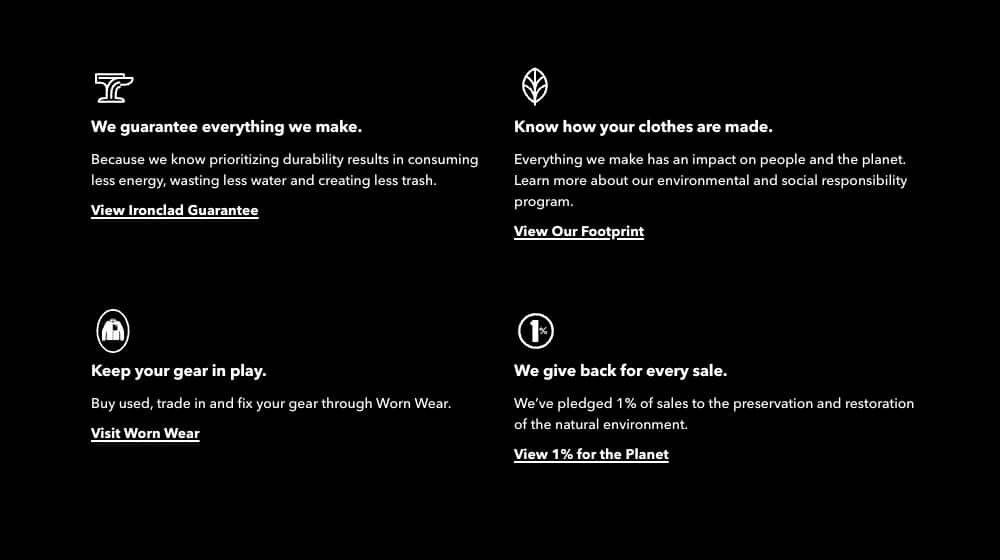
What is ethos? Ethos is one of the three modes of persuasion from Aristotle's Rhetoric.
All three of these are used in marketing. In your brand guidelines document, you're generally sticking with Ethos. Appealing to emotions isn't part of your guidelines; it's how your guidelines are chosen and used. Appealing to logic can back up color choices via psychology, but it is more useful outside of this document.
You have a logotype, of course; who doesn't? So here, you pin down your brand's logo (and wordmark) and the guidelines around using it. What colors can it be? What can and can't be done to it?
Consider, again, the Switcher Studio guidelines. Starting on page 11, they discuss their logo. They show specific variations of it arranged with their wordmark. They show color variations, such as those you might use on a dark-mode site or app. They define the amount of clear space that should be left around their logo, as well as the minimum sizes it's allowed to be used.
More importantly, they have a list of examples of how not to use their logo. These include changing the colors, rearranging the elements, rotating the logo, using the wrong version in an overlay, cropping it, or editing its elements.
This is among the most important parts of your brand guidelines because your logo is a hugely representative part of your branding, and if people are using it wrong, it reflects back on you. It can make you look unprofessional or even dilute your trademark in extreme cases.
Optionally, you can also pin down your iconography if you use icons for various products or services and imagery if you have a specific graphical style or photography style you want to be associated with your brand. Not all brands do this, but many will.
Colors are right up there with logos in terms of importance. You generally want to define a set of colors as your primary brand colors, a secondary set of colors you use as accents and alternatives, and a tertiary set of colors you use as backups and for understated elements.

Some brands focus heavily on just one or two colors; others have a whole range—Facebook's iconic blue versus Google's primary color set, for example.
Like colors, picking your primary (and secondary, if you want) typeface can be important too. You want to specify what font you use and, if you use a proprietary font, provide access to it if you expect people to use it.

Picking a specific font really comes down to picking something that suits your aesthetics. Unless you're a megabrand, you probably don't need to care about specific minor slopes in letter terminations and serifs or the exact amount of kerning between letters; picking something bold, elegant, clean, serif or sans, etc., is about all you need.
Your brand voice is also critical, of course, and this can be as narrow or as broadly defined as you want it to be. You can pick a few adjectives and a style guide or pin down specifics about POV, tone, and language if you like. I cover this in greater detail elsewhere.

Finally, just put it all together into a reference document that makes sense and is helpful to the people you need using it. What format that takes – microsite, knowledge base, PDF, zip of assets – depends on you.
Written by James ParsonsJames Parsons is the founder and CEO of Content Powered, a premier content marketing agency that leverages nearly two decades of his experience in content marketing to drive business growth. Renowned for founding and scaling multi-million dollar eCommerce businesses through strategic content marketing, James has become a trusted voice in the industry, sharing his insights in Search Engine Watch, Search Engine Journal, Forbes, Entrepreneur, Inc, and other leading publications. His background encompasses key roles across various agencies, contributing to the content strategies of major brands like eBay and Expedia. James's expertise spans SEO, conversion rate optimization, and effective content strategies, making him a pivotal figure in the industry.